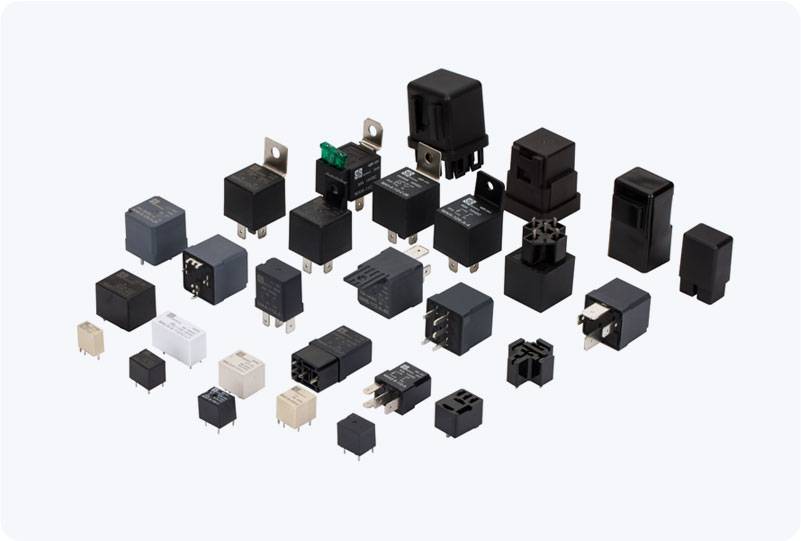Electric vehicles (EVs) have become an integral part of the automotive industry’s transition toward sustainable transportation. Central to the operation of these vehicles is the battery system, which powers the electric motor. A crucial component within this system is the EV Battery Relay. This article will explore the function, types, working principles, and significance of the EV Battery Relay in ensuring the safety and efficiency of electric vehicle operation.

What is an EV Battery Relay? An EV Battery Relay is an electrical switch used to control the flow of electricity between the electric vehicle’s battery and other components, such as the motor, charger, or auxiliary systems. The relay acts as an on-off switch, ensuring that the battery’s power is only used when necessary and preventing the flow of electricity when not required. By performing these essential functions, the EV Battery Relay ensures the safe operation of the vehicle’s battery system and the overall vehicle. Key Functions of the EV Battery Relay The primary function of an EV Battery Relay is to manage the electrical connection between the battery and other critical components of the vehicle. This involves several important roles: